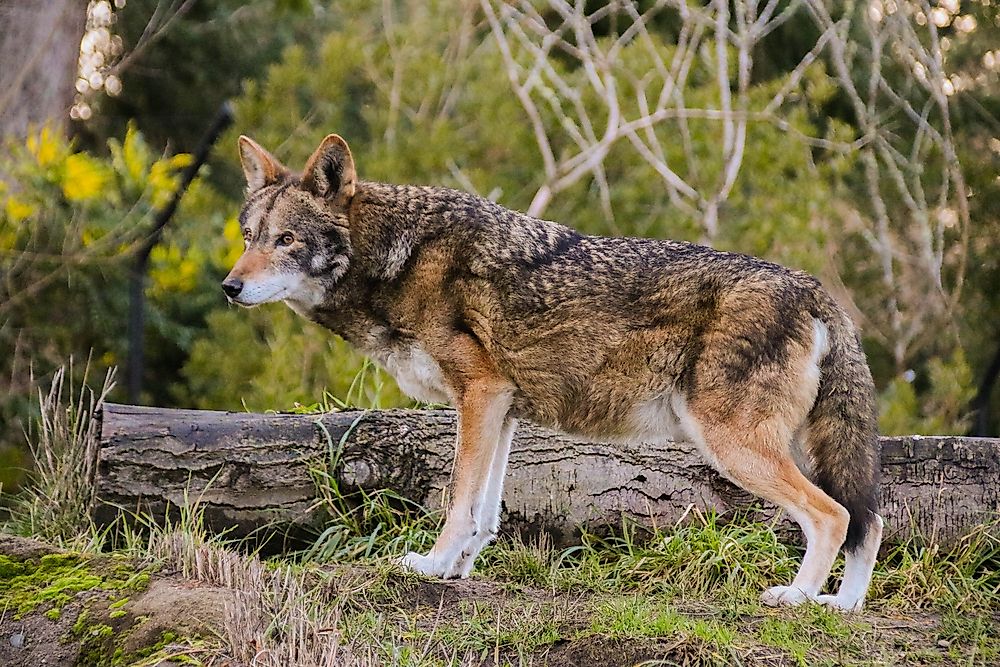The Four Species of Critically Endangered Carnivorans

Carnivora is a scrotiferan order that includes more than 280 species of placental mammals. The animals in this order are equipped with claws and teeth used for catching and feeding on prey. Some carnivorans, like cats, completely depend on a meat-based diet, while others, like bears and raccoons, are omnivorous in nature. The four most threatened species of Carnivora are described below.
4. Red Wolf
The Canis rufus, or red wolf, is a critically endangered mammalian species. Today, the only surviving red wolf population lives in the eastern part of North Carolina, USA. It is a re-introduced population that was released in the area in 1987 after the red wolf was declared extinct in the wild by 1980. Only about 50 mature red wolves survive today. Currently, the biggest threat to the existence of the species is hybridization with coyotes sharing the same habitat. Death due to vehicular collisions and gunshots are also significant threats to the red wolves in North Carolina.
3. European Mink
The Mustela lutreola is a semiaquatic, mustelid species found in Europe. In the past three generations, the species has experienced a decline of more than 50%, and the rate of decline is expected to cross the 80% mark within the next three generations. Several factors are responsible for the current state of the species: climate change, hybridization with the European polecat, introduction of the American mink as a competitor in its habitat, and destruction of habitat.
2. Cozumel Raccoon
The Procyon pygmaeus is a critically endangered mammal with a very small population size and concentration. The species is endemic to the island of Cozumel, Mexico, which is located off the coast of the Yucatan Peninsula. According to some estimates, only about 250 mature Cozumel raccoons exist in the wild. The population of the Cozumel raccoon is highly susceptible to the effects of hurricanes. Mangroves and sandy areas are the preferred habitats of the Cozumel raccoon, but the species has also been known to inhabit agricultural lands and forests. Like many other island endemics, the Cozumel raccoon faces severe threats from introduced species such as dogs. It is highly susceptible to diseases affecting dogs like rabies, mange, and dog distemper. Increased tourism on the island has also triggered habitat loss.
1. Malabar Large-spotted Civet
The Viverra civettina is listed as ‘Critically Endangered’ on the International Union for Conservation of Nature (IUCN) Red List. However, no recent records of the species exist and none are kept in captivity. According to estimates, even if the civet exists, there will be no more than 250 members of the species. The species is endemic to the Western Ghats ecoregion of India. Retaliatory killings by villagers and habitat loss are considered to be the biggest threats to the species.











